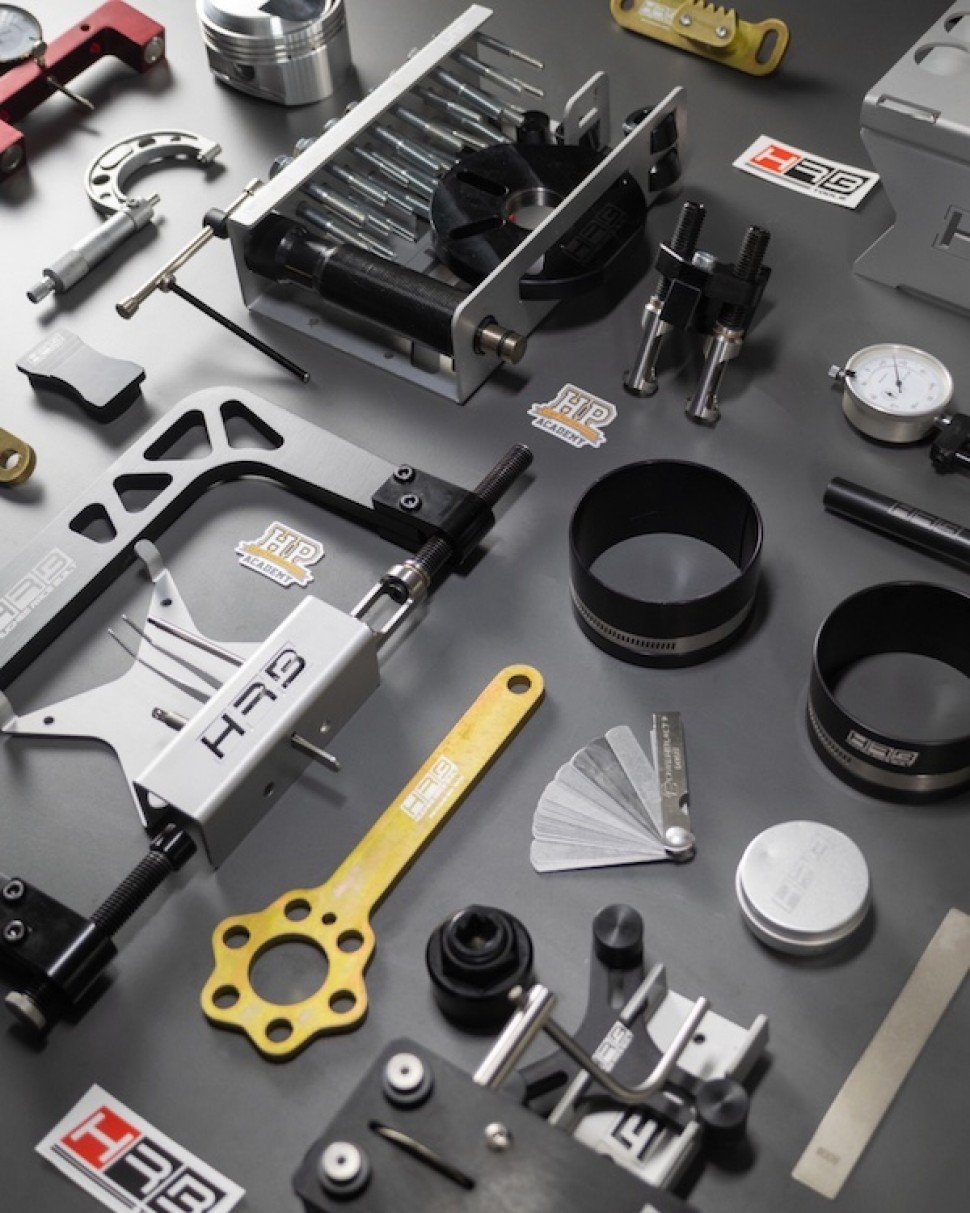| 00:00 |
- Wes has asked, what are your thoughts on tuning without a dyno, just on the street? OK so again as I mentioned, in the perfect world, we would use the dyno for our tuning.
|
| 00:10 |
This gives us feedback straight away on the types of changes we've made and we can see pretty quickly whether the changes have resulted in more or less power.
|
| 00:19 |
The other advantage with the dyno of course is it's nice and safe, we can concentrate solely on the task of tuning, we don't need to worry about controlling the car or looking for oncoming cars or pedestrians.
|
| 00:30 |
So all great things but if you don't have one, you don't have one.
|
| 00:33 |
And when it comes to reflashing, this is actually where we do have a pretty significant advantage compared to trying to tune a complete aftermarket standalone out on the road.
|
| 00:44 |
The reason for this is that we aren't starting from a blank sheet of paper with our tune, we're starting with a factory calibration that unless you've made some pretty dramatic changes to the mechanical configuration of your engine, is likely to be pretty close to at least being in the ballpark.
|
| 01:00 |
What this often means is that particularly for engines with light modifications here, and I'm talking about maybe an intake, extractors, large exhaust, that sort of thing, we can concentrate almost solely on the wide open throttle ramp run area of our tuning and that's actually really easy to replicate out on the street, we can just do a full power run and all we want to do is datalog that so that we can then pull over on the side of the road, look at what was going on and use that to help guide us with our tuning.
|
| 01:30 |
Now one of the problems when we are tuning is, particularly with our ignition timing, on the dyno as we discussed in the lesson, we're trying to find MBT, the ignition timing that gives us optimal torque on the dyno.
|
| 01:42 |
Now of course if we're not tuning on the dyno, we've got no strict idea on where MBT is.
|
| 01:48 |
That's actually less of an issue, particularly on GM vehicles, I would say that 95% of the GM engines that I've tuned, and almost all of the ones that I tune that are supercharged running on pump gas will be what I refer to as knock limited.
|
| 02:04 |
And what that term simply means is that regardless whether we're out on the road or we're on the dyno, when we are tuning our ignition timing and we're advancing the timing up towards MBT, we're going to be seeing gains in power and torque as we advance the timing but we're going to get to a situation where the engine starts to suffer from knock or detonation.
|
| 02:24 |
Now that's an abnormal type of combustion that can very quickly damage our engine so when we get to that point, we need to stop adding timing and in fact we actually want to retard the timing a little bit to give us a little bit of headroom or a safety margin there.
|
| 02:38 |
What I'm getting at there, really long winded answer to what seemed like a simple question, is that if we are tuning an engine that is knock limited, we can broadly expect to get identical results out on the road compared to what we could see on the dyno because the knock threshold is the limit for how much timing we can use.
|
| 02:56 |
That question was taken from one of our free live lessons.
|
| 03:00 |
If you like free stuff, and you’re the type of guy who wants to expand your knowledge, click the link in the description to claim your free spot to our next live lesson.
|
| 03:09 |
You'll learn about performance engine building and EFI tuning, and you'll also have the chance to ask your own questions which I’ll be answering live.
|
| 03:17 |
Remember it's 100% free so follow the link to claim your spot.
|





